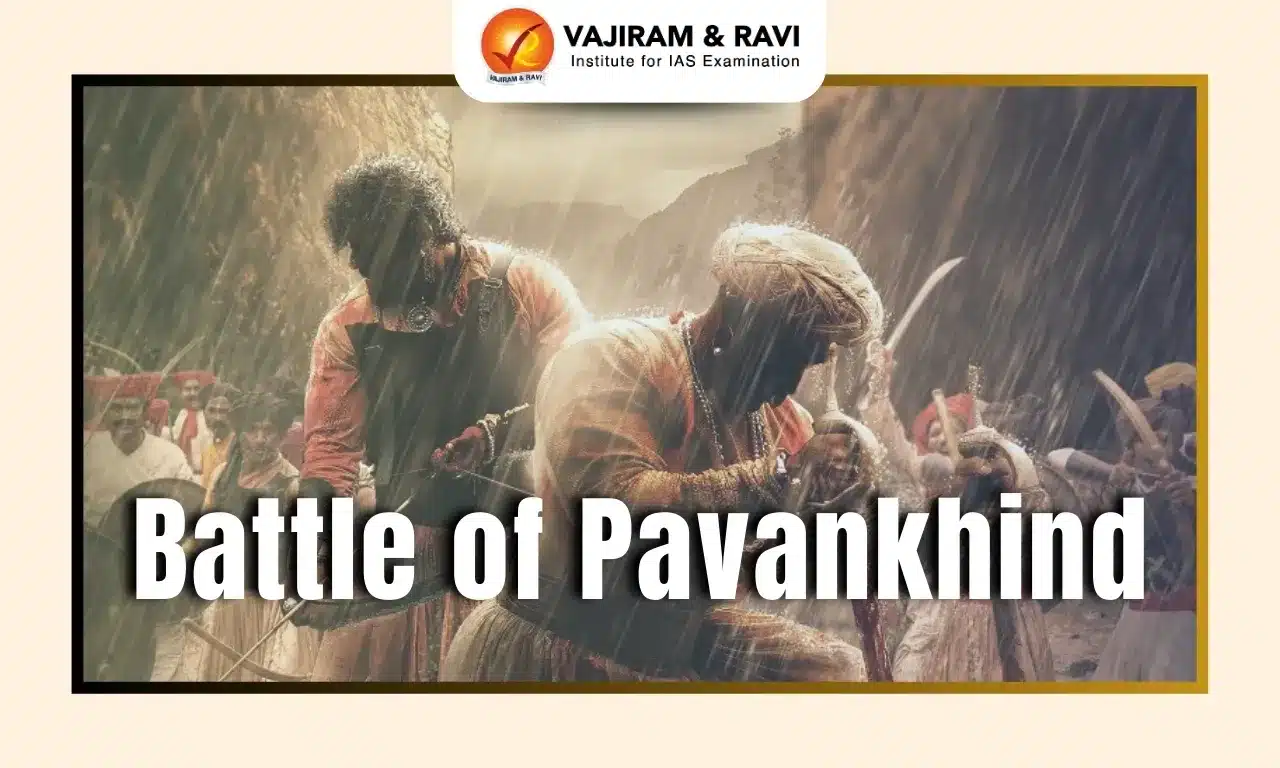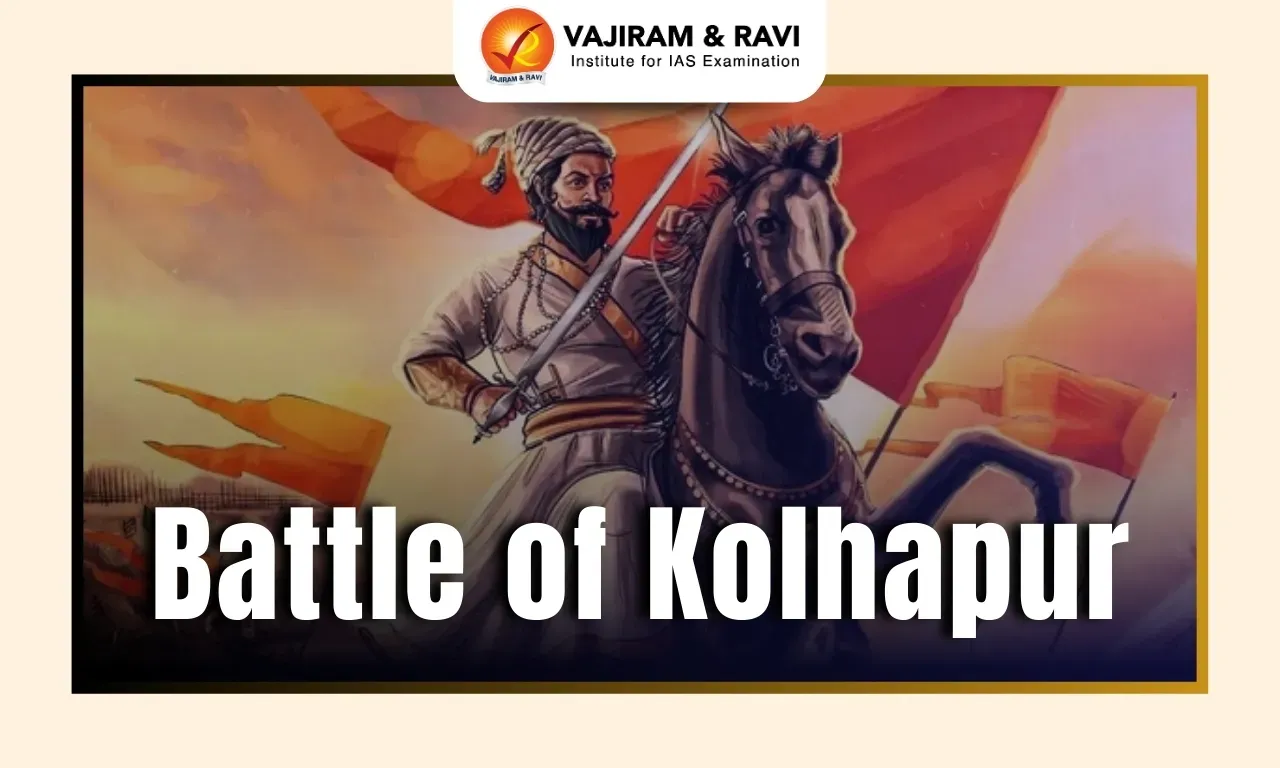The Maratha Empire was unbeatable under Shivaji Maharaj during the mid 17th century in the Deccan region. Shivaji had launched several successful raids against Mughal territories, including the famous attack on Shaista Khan’s camp in Pune (1663) and the Sack of Surat (1664), where he looted the Mughal port city. In response to this invasion, Aurangzeb decided to take action against Shivaji. Instead of direct confrontation, he hired Raja Jai Singh I of Amber, to lead Mughal troops against Marathas. Jai Singh was given a force of approximately 40,000 soldiers, including Rajputs, Mughal cavalry, artillery, and support troops.
Battle of Purandar
The Maratha War, Battle of Purandar was between the Mughal Empire and the Maratha forces in 1665. Mughal Emperor Aurangzeb assigned Jai Singh to lead a military campaign against Chhatrapati Shivaji. Jai Singh was supported by several Mughal commanders, including Dilir Khan, Rai Singh, Sujan Singh, and Daud Khan. Under Jai Singh’s leadership, the Mughal forces successfully seized control of the Purandar Fort. The battle concluded by the signing of the Treaty of Purandar between Shivaji and Jai Singh. However, there seems to be a historical mix-up in the last part, as the Treaty of Purandar (1776) was later signed between the Peshwa of the Marathas and the British East India Company in Calcutta.
Battle of Purandar History
The Battle of Purandar was fought in 1665 between the Maratha Empire, led by Chhatrapati Shivaji Maharaj, and the Mughal Empire, under Raja Jai Singh I of Amber. The battle was part of the larger conflict between the Mughals and the Marathas over control of the Deccan region.
During the mid-17th century, the Maratha Empire emerged as a major force in the Deccan under Shivaji Maharaj. Shivaji had successfully expanded his territories, capturing several forts and challenging the supremacy of the Adil Shahi Sultanate of Bijapur and the Mughal Empire. Some of the notable battles fought between Maratha and Mughal, before the Battle of Purandar are discussed below:
- 1659: Shivaji defeated Afzal Khan, a general of Bijapur, and expanded his control over the Deccan.
- 1663: Shivaji conducted a daring raid on Shaista Khan’s camp in Pune, dealing a humiliating blow to the Mughals.
- 1664: Shivaji launched the Sack of Surat, looting one of the richest Mughal trading cities.
Battle of Purandar Overview
Below in the table we have discussed the Battle of Purandar Overview:
|
Battle of Purandar Overview |
|
|
Events |
Battle of Purandar |
|
Date |
31 March 1665 – 12 June 1665 |
|
Location |
Purandar, Maharashtra, India |
|
Forces Involved |
Maratha Empire led by Chhatrapati Shivaji and Mughal Forces led by Jai Singh. |
|
Result |
Victory of Mughal Empire |
Battle of Purandar Series of Events
- In 1665, an army of 14,000 soldiers, armed with gunpowder and weapons, set out to invade Shivaji’s Swarajya.
- Instead of attacking Shivaji head-on, Mirza Jaisingh and Diler Khan chose a different strategy. They focused on capturing smaller forts first, where the defenses were weaker, with only 500 to 1,000 soldiers guarding them.
- As they moved forward, their strength kept growing. By the time they reached Purandar, their army had nearly doubled to 30,000, reinforced by troops from the territories they had already conquered.
- On the way, they stopped at a village called Saswad. Diler Khan decided to camp there for the night before pushing forward with his cannons and men.
- However, the Marathas saw an opportunity. Under the cover of darkness, a small group launched a sudden attack, striking the Mughals with full force.
- After causing chaos in their ranks, they swiftly withdrew, leaving the enemy unsettled
Siege of Vajragarh Fort
The late-night attack had a clear objective, to weaken the Mughal army’s military strength, and it proved highly successful. Despite their inventory of ammunition and cannons, the Mughals struggled to breach the walls of Purandar Fort. Even after days of attempts, they failed to break through its defenses.
Realizing direct assault wasn’t working, Diler Khan shifted his strategy. He began capturing smaller forts around Purandar, each manned by just 300 to 400 soldiers. One such fort was Vajragarh, located near Purandar. Historians believe that controlling Vajragarh made it easier to target Purandar.
Murarbaji Deshpande, the fort’s killedaar (commander), was renowned for his exceptional bravery. As the cannon fire weakened the fort’s walls, he knew he had to act. One evening, he led a small group of warriors on a daring mission into the Mughal camp. They first sabotaged the enemy’s artillery, then launched a surprise attack, killing around 200–300 Mughal soldiers before retreating to the fort.
The following morning, when the Mughals attempted to fire their cannons, many of them exploded due to the damage inflicted by Murarbaji’s men. However, the Mughal weapons were soon reinforced under the command of Niccolao Manucci, who managed to breach Purandar’s walls. Despite the defenses, Murarbaji and his men refused to surrender.
Siege by Murarbaji Deshpande
Diler Khan attempted to win him over after getting iImpressed by Murarbaji’s exceptional bravery . He offered a treaty, a high-ranking position in the Mughal army, a generous salary, and even a jagir (land grant).
However, Murarbaji was deeply committed to the cause of Hindavi Swarajya and rejected the offer outright. The very idea of serving the enemy enraged him. In a fearless act of defence, he charged straight into the heart of the Mughal forces, cutting down enemy soldiers one after another.
According to historical accounts, Murarbaji alone killed nearly 100 Mughal soldiers. Unable to contain his fury, Diler Khan broke the traditional code of battle. As Murarbaji engaged in combat with multiple warriors, Diler Khan shot an arrow at him from a distance, killing the Maratha warrior in the middle of the battle.
Battle of Purandar Aftermath
During the Battle of Purandar, Chhatrapati Shivaji realized that sustaining the Maratha troops against the massive Mughal forces led by Mirza Raja Jai Singh was becoming increasingly difficult. Following the Mughal victory in June 1665 and the fall of Purandar Fort, Shivaji made a strategic decision. Instead of prolonging the conflict, he chose to negotiate with Jai Singh and propose new terms for peace.
Before proceeding, Shivaji ensured his safety by securing a formal guarantee that he would be allowed to meet Jai Singh and return unharmed, regardless of the outcome. This agreement, which marked a significant turning point, came to be known as the Treaty of Purandar.
Treaty of Purandar 1665
The Treaty of Purandar was signed between Chhatrapati Shivaji Maharaj and Rajput ruler Jai Singh I, who was leading the Mughal forces on behalf of Emperor Aurangzeb. As per the Treaty of Purandar 1665 was surrendered to the Mughals, along with several other key territories. The terms of the agreement included the following:
- Shivaji gave 23 out of his 35 forts to the Mughals, which had a combined annual revenue of 40 lakh huns (a currency of that time).
- He was allowed to retain control over the remaining 12 forts, provided he remained loyal to the Mughal Empire.
- On the advice of Jai Singh, Shivaji agreed to send his eight-year-old son, Shambhaji, to the Mughal court. In return, Shambhaji was granted a mansab (military rank) of 500 and an honorable position.
- Shivaji pledged to join the Mughal army when required and act in accordance with imperial commands.
- The Mughals approved Shivaji’s request to govern the Bijapur-controlled provinces of Konkan and Balaghat. These regions generated an annual revenue of 4 lakh huns and 5 lakh huns, respectively.
- Shivaji agreed to pay the Mughal emperor a total sum of 40 lakh huns in 13 installments, ensuring his continued control over these newly acquired provinces despite the ongoing Mughal expansion.
- This treaty marked a significant moment in Shivaji’s strategic diplomacy, allowing him to regroup and later challenge Mughal dominance more effectively.
Last updated on June, 2025
→ UPSC Notification 2025 was released on 22nd January 2025.
→ UPSC Prelims Result 2025 is out now for the CSE held on 25 May 2025.
→ UPSC Prelims Question Paper 2025 and Unofficial Prelims Answer Key 2025 are available now.
→ UPSC Calendar 2026 is released on 15th May, 2025.
→ The UPSC Vacancy 2025 were released 1129, out of which 979 were for UPSC CSE and remaining 150 are for UPSC IFoS.
→ UPSC Mains 2025 will be conducted on 22nd August 2025.
→ UPSC Prelims 2026 will be conducted on 24th May, 2026 & UPSC Mains 2026 will be conducted on 21st August 2026.
→ The UPSC Selection Process is of 3 stages-Prelims, Mains and Interview.
→ UPSC Result 2024 is released with latest UPSC Marksheet 2024. Check Now!
→ UPSC Toppers List 2024 is released now. Shakti Dubey is UPSC AIR 1 2024 Topper.
→ Also check Best IAS Coaching in Delhi
Battle of Purandar FAQs
Q1. Who won the Battle of Purandar?+
Q2. Who died while defending Purandar?+
Q3. Which is the biggest battle of Shivaji Maharaj?+
Q4. What was the purpose of the Battle of Purandar?+
Q5. Did Jai Singh defeat Shivaji?+
Tags: Battle of Purandar
























